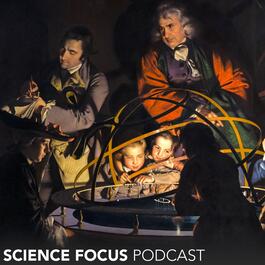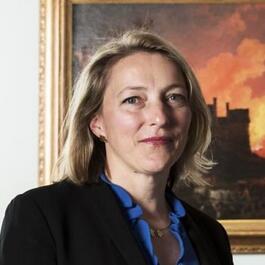
Dr Tilly Blyth: How has art influenced science?
Science and art have not always been separately defined. Leonardo Da Vinci studied anatomy, neuroscientist Cajal created beautiful drawings of the cells in the cerebellum and hippocampus, and the painter John Constable observed the skies with an almost scientific study. Though their pursuits have diverged into distinct fields, the relationship between art and science has remained tightly woven together. Documenting the history of this tumultuous relationship is The Art of Innovation. Comprised of a 20-part BBC Radio 4 series, an exhibition at the Science Museum and an accompanying book, The Art of Innovation shows how scientific discoveries have influenced, and been influenced by, artists and the general public. Editorial assistant Amy Barrett visited the Science Museum’s Dana Research Centre and Library to meet the Head of Collections & Principle Curator at the Science Museum and the co-host of The Art of Innovation radio series, Dr Tilly Blyth. The Science Museum’s major free exhibition runs from now until the 24 January 2020. You can also read 20 stories from the history of art and science in The Art of Innovation (£25, Transworld). Image: A Philosopher Giving that Lecture on an Orrery, in which a Lamp is put in the Place of the Sun, by Joseph Wright, exhibited 1776, oil on canvas © Derby Museums Trust Listen to more episodes of the Science Focus Podcast: Why is Leonardo da Vinci’s scientific legacy so often overlooked? – Martin Clayton What can the father of Gaia theory tell us about our future? – James Lovelock Richard Dawkins: Can we live in a world without religion? Do you believe in magic? – Gustav Kuhn Is religion compatible with science? – John Lennox Inside the mind of a comedian – Robin Ince Follow Science Focus on Twitter, Facebook, Instagram and Flipboard Hosted on Acast. See acast.com/privacy for more information. Learn more about your ad choices. Visit podcastchoices.com/adchoices
From "Instant Genius"




Comments
Add comment Feedback